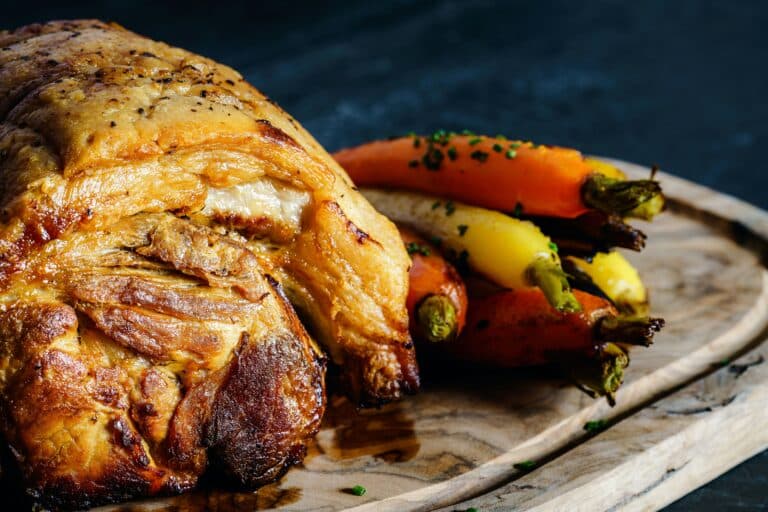New Zealand is well known for its lush, green landscapes, fast-flowing rivers and all-round natural beauty. It’s no surprise then that Kiwi cuisine puts an emphasis on fresh, high-quality produce.
Couple this with its cultural diversity, which blends native Māori traditions with historic British influences, and you have a truly unique and flavorful culinary offering. From its capital, Wellington, to the springs of Rotorua and Auckland’s vibrant streets, New Zealand is home to a thriving food scene.
Don’t miss a thing as we run through the top 10 New Zealand dishes you must try in this guide, part of our Remitly series exploring national dishes around the world.
Hāngī
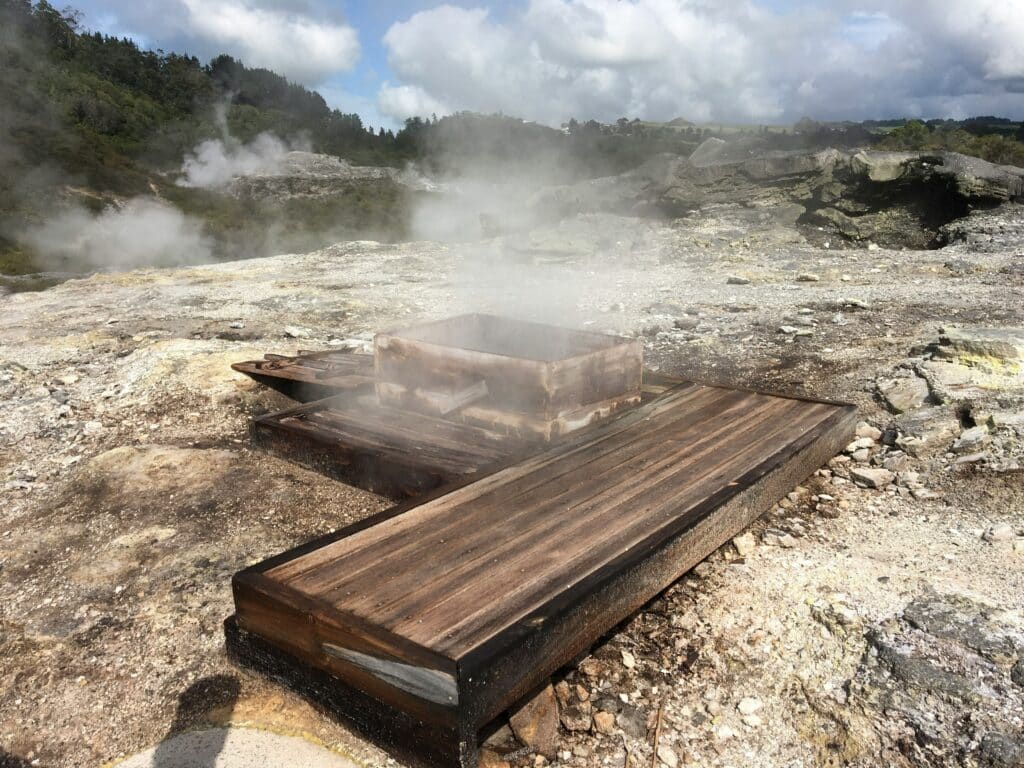
Hāngī is a traditional Māori cooking method usually reserved for special occasions. It involves steaming a wide variety of foods using hot stones buried in an umu (pit oven). For New Zealanders, hāngī is an intrinsic part of their culture.
A typical Māori hāngī includes meat, fish, and root vegetables like kumara (sweet potato) or beetroot. Each ingredient takes on the distinct smoky flavor that’s typical of this earthy cooking process.
The word “hāngī” means “earth oven” in Māori, highlighting the traditional cooking technique. But if you don’t have a pit handy, check out this beautiful oven-made recipe.
Crayfish
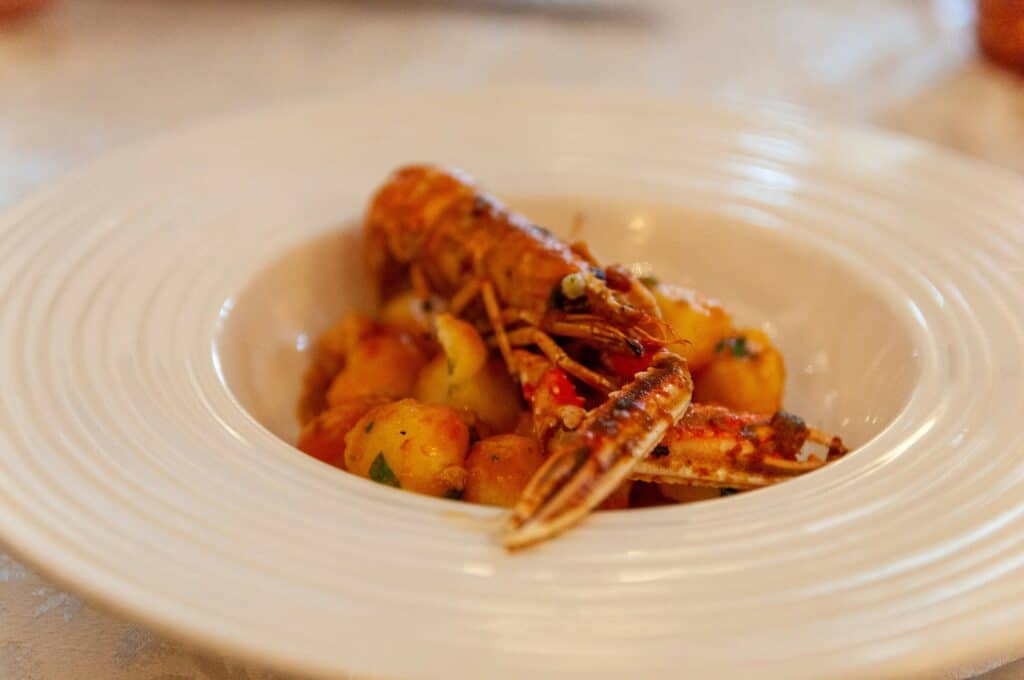
Crayfish, or rock lobster, is a prized seafood commonly found in New Zealand. It is often grilled or simply boiled with minimal seasoning, allowing its gorgeous natural flavor to shine through. Crayfish is a real highlight of the country’s coastal cuisine, especially in the Kaikoura area.
This grilled crayfish recipe with lemon and garlic-herb butter is the perfect summer treat.
Roast lamb
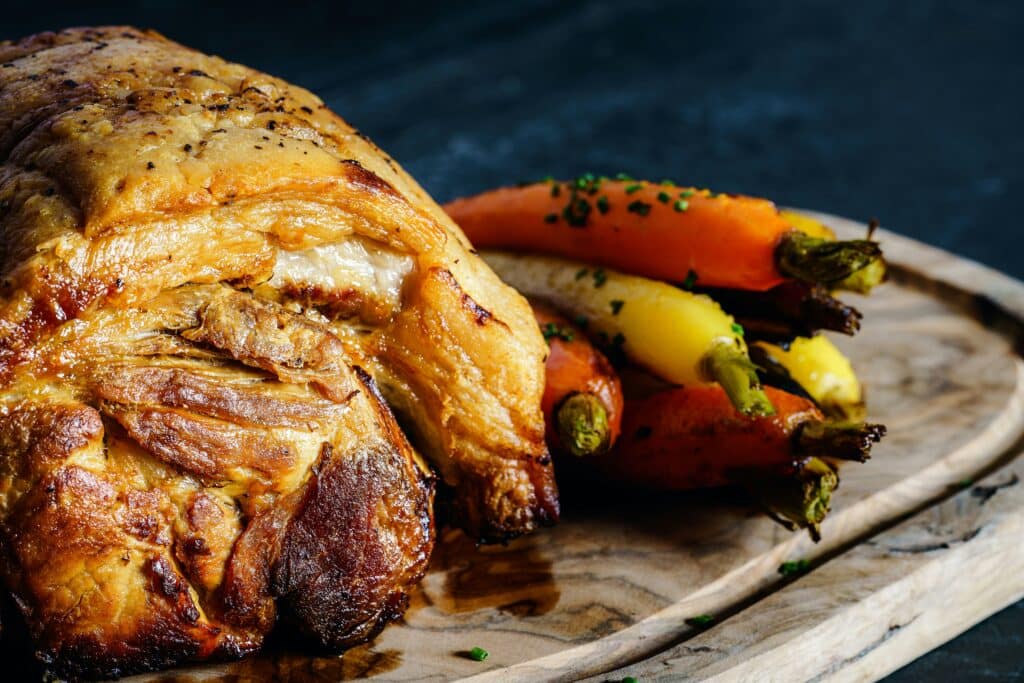
Roast lamb is the quintessential dish of New Zealand. The country is renowned for the quality of its lamb meat, which it exports around the world.
New Zealanders typically enjoy a slow-roast leg of lamb for Sunday dinner. They serve it with roasted vegetables and the famous mint sauce—a reflection of the country’s British heritage.
Interestingly, while the English traditionally enjoy a turkey on Christmas day, lamb is the meat of choice for a New Zealander’s festive table.
Discover the perfect roast lamb with this recipe.
Fish and chips
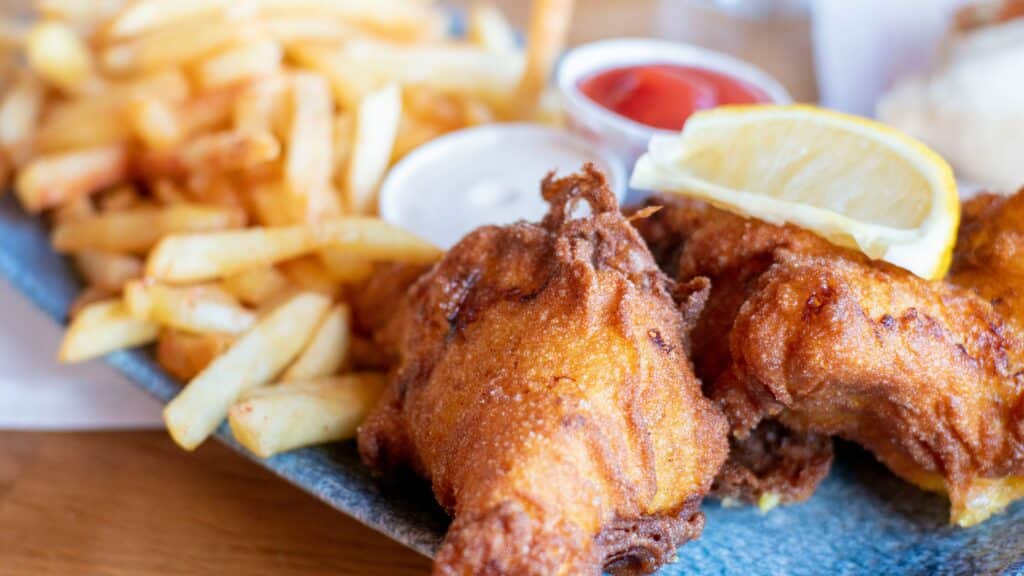
Though it’s often associated with Great Britain, the Kiwis do this dish just as well. However, recipes often call for a lovely piece of snapper or hoki on this side of the world.
Like any island nation, fresh fish lies at the heart of New Zealand’s gastronomy. Of course, it’s still served with traditional thick-cut chips (or fries) and tangy tartar sauce, perfect as a beachside takeaway.
Try it yourself with this beautiful beer batter recipe.
Green-lipped mussels
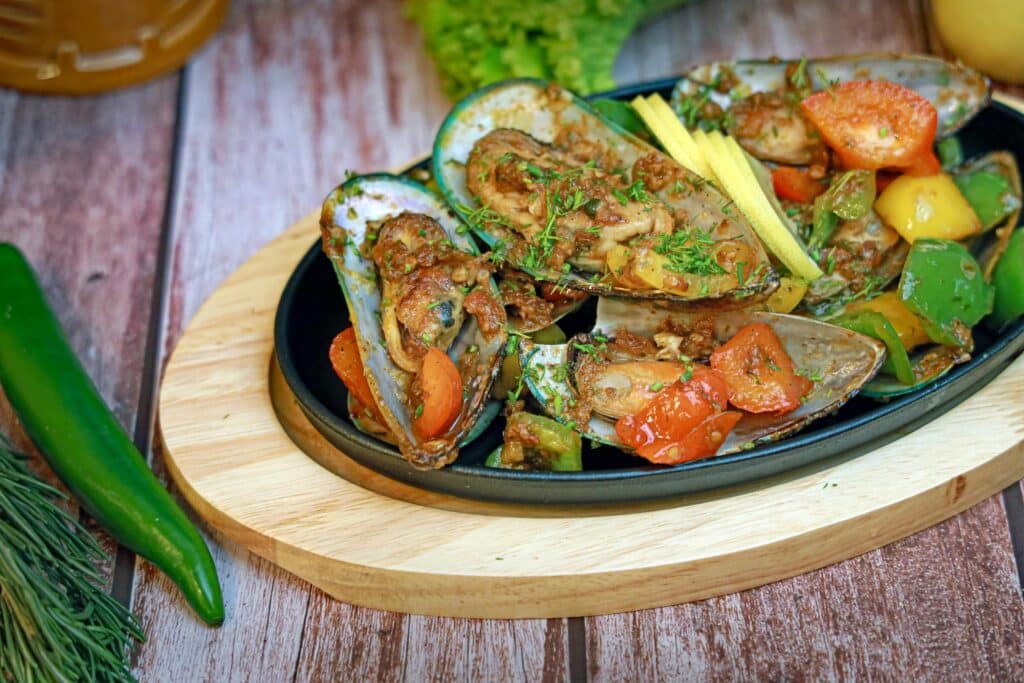
Green-lipped mussels are unique to New Zealand. Their name comes from the green edge that lines their shells. Known for their distinctive, rich flavor, these mussels are a real Kiwi delicacy.
To prepare, steam green-lipped mussels and serve in a garlic and white wine sauce. This recipe is an absolute must-try for seafood lovers.
Pāua
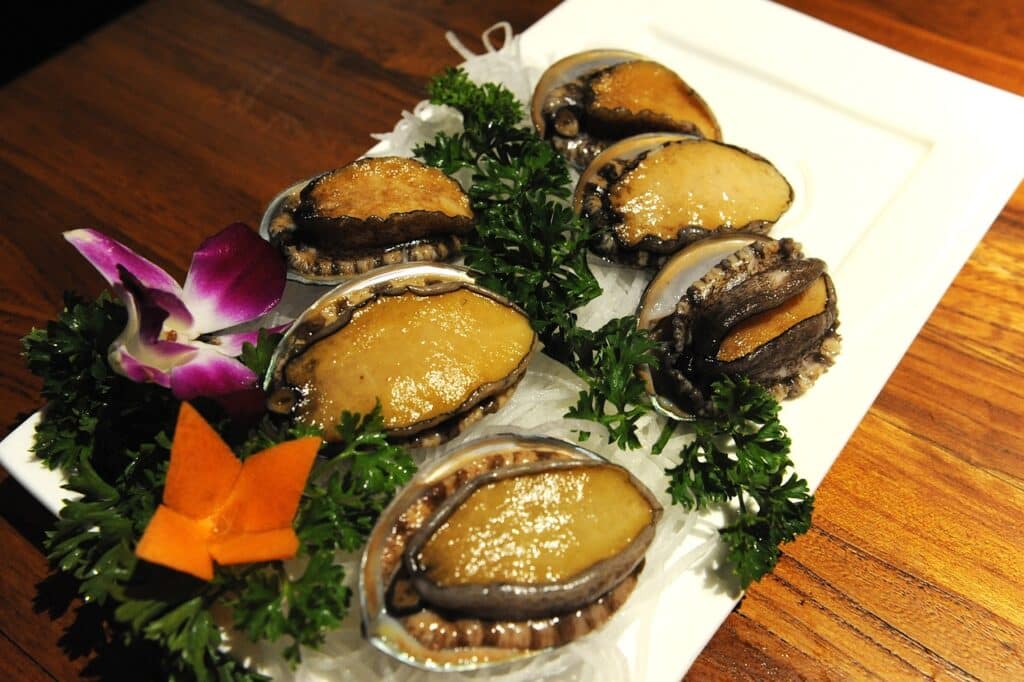
Pāua is the Māori term for abalone, a treasured shellfish in New Zealand. Pāua is known for its unique, slightly chewy texture and rich, savory taste. It’s commonly prepared in fritters or grilled, with some salt and lemon juice sprinkled over the top.
Here’s how to prepare Pāua at home.
Pavlova
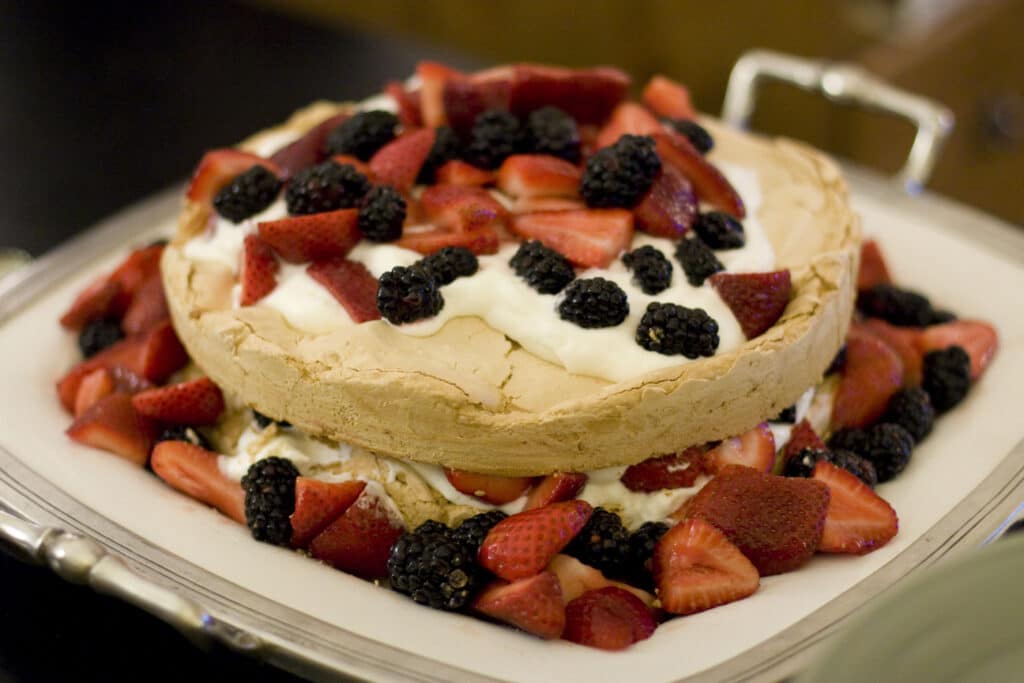
Most foodies assume this dessert has Eastern European origins. In fact, you wouldn’t be totally wrong. The beloved meringue-based dish was named after Russian ballerina Anna Pavlova following her famous visit to New Zealand in the 1920s.
Pavlova features a crisp crust and a soft, chewy base. It’s often topped with whipped cream and fresh fruits like kiwifruit and passionfruit.
Think you can whip up the perfect meringue? Try it here.
Hokey pokey ice cream
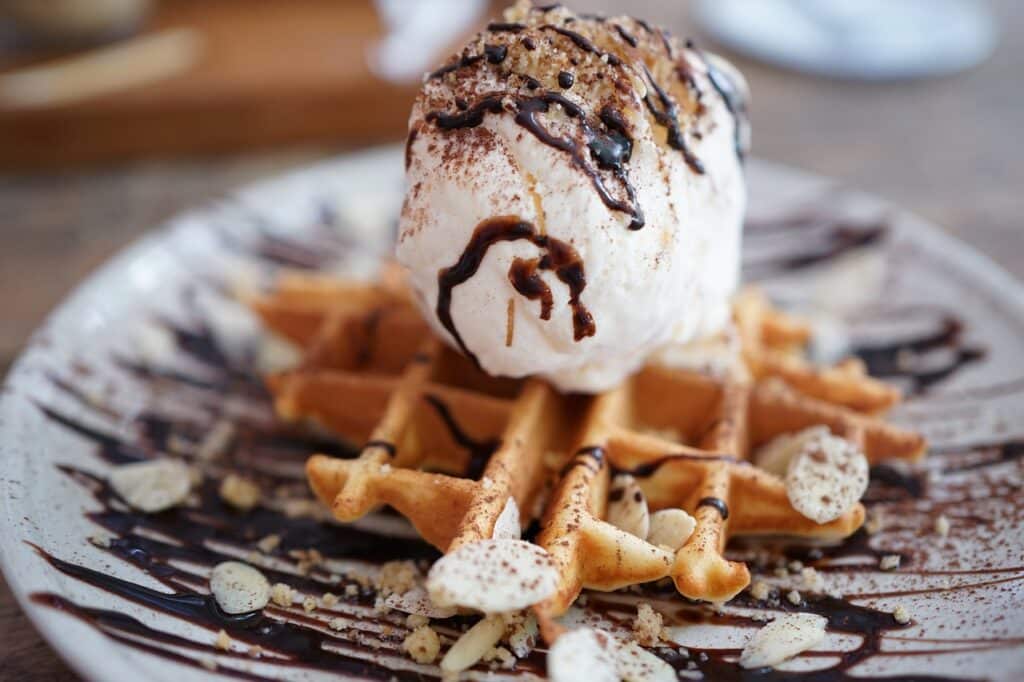
Hokey pokey ice cream is a Kiwi favorite. It is a rich vanilla ice cream mixed with crunchy honeycomb toffee pieces. The simple yet delightful treat is perfect for hot summer days.
“Hokey Pokey” refers to the honeycomb toffee, a key ingredient in this frozen sweet. Queenstown offers some of the best, but you can make your own with this easy recipe.
Mince and cheese pie
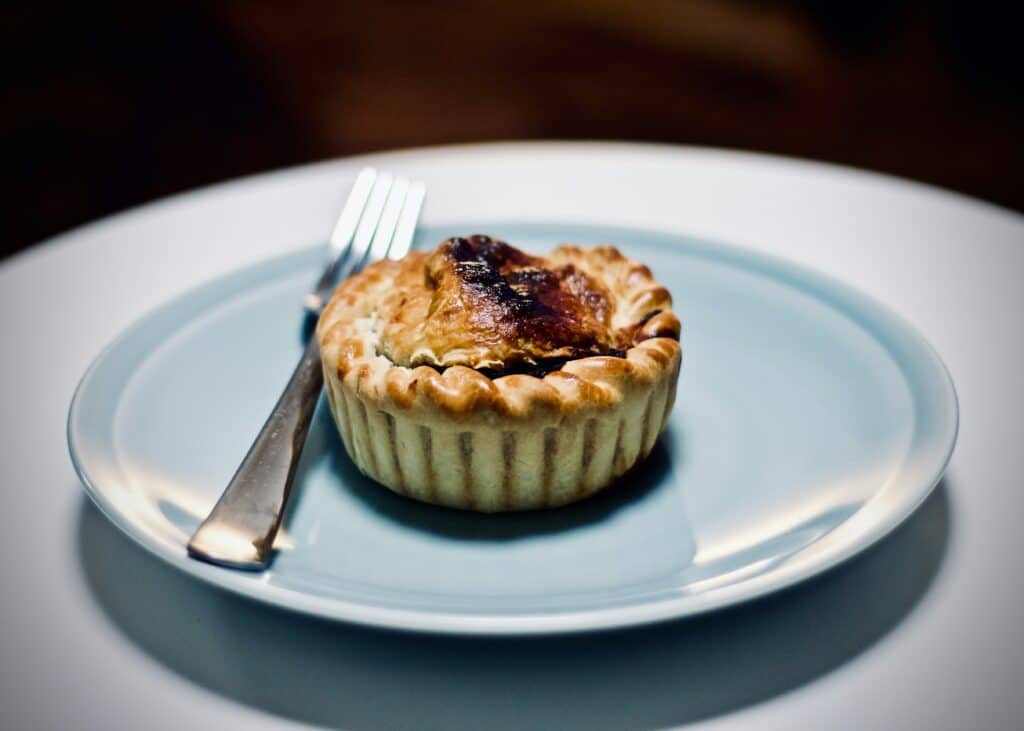
This meat pie is one of the most common ready meals at supermarkets and bakeries nationwide. An everyday New Zealand staple, it’s a flaky pastry filled with peppery, seasoned minced (ground) meat and melted cheese.
Mince and cheese pie is the perfect on-the-go comfort food. Bake it yourself with this classic recipe.
Bluff oysters
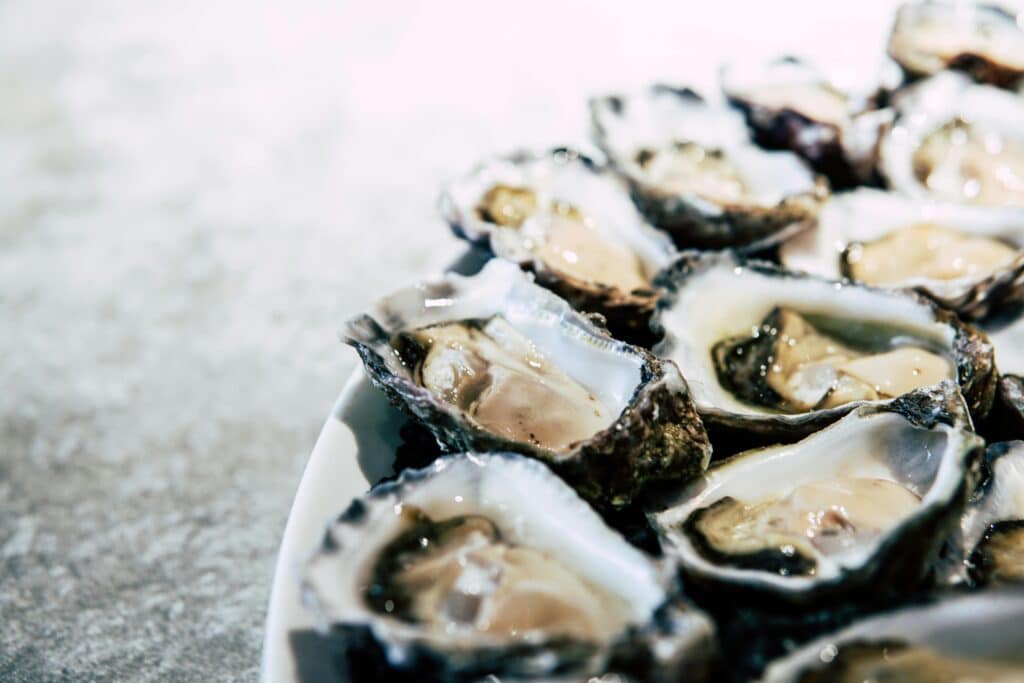
Bluff oysters are harvested from the cold waters of the Southland region. Renowned for their plump, juicy texture and briny flavor, they are often served raw, ensuring diners enjoy their fresh taste.
Bluff oysters are named after the small south island town of Bluff, known for its tasty oyster harvest. Check out these different recipes and preparation methods.
Honorable mentions
Condensing this list to just ten dishes means leaving out a lot of amazing food. So, here are some extras that you just have to try.
Feijoa: A sweet, native South American fruit popular across the Pacific and enjoyed fresh, in desserts, or as a flavoring in drinks.
Whitebait fritters: A seasonal delicacy, whitebait fritters are small, tender fish mixed into a batter and fried until crispy. They are best enjoyed fresh with a squeeze of lemon juice.
New Zealand wine: New Zealand is home to wineries that rival the very best in the world; its Marlborough Sauvignon Blanc is second to none.
Mānuka honey: Local bees use nectar from native mānuka trees to produce the famous mānuka honey, celebrated for its unique flavor and health benefits.
Kumara: Kumara is the Māori word for “sweet potato,” and it is a traditional staple in Māori cuisine. It’s usually roasted, mashed, or added to stews, serving as a base for all kinds of meals.
Lemon & Paeroa: This unique, lemon-flavored soft drink was invented in the small north-island town of Paeroa in 1907.
Exploring New Zealand cuisine in the U.S.A. or Europe
Beyond its borders, New Zealand has a long-held reputation for culinary excellence. Its main exports include some of the world’s tenderest lamb meat, while the country is home to a fast-growing wine industry. In fact, New Zealand shipped over 122 million liters of wine in 2023 alone.
The Flat White is another major Kiwi contribution to global gastronomy. These days, pretty much any cafe in the West features this New Zealand invention on its menu.
The story of Kiwi food culture
The New Zealand food scene takes influences from around the world and grounds them in its homeland’s diverse cultures.
Its food blends indigenous Māori culture and European cuisine, mainly British and French. Early Polynesian settlers brought unique cooking techniques like the hāngī, while Europeans introduced new ingredients and methods over time.
More about New Zealand
New Zealand is an adventure-lover’s paradise. In fact, this island nation in the Pacific Ocean is pretty unmatched when it comes to natural beauty and the great outdoors. It’s a great place for expats who want to make the Land of the Long White Cloud their new home.
At the time of writing, 1 USD is about 1.65 New Zealand Dollars.
FAQs
What are some distinctively New Zealand foods?
Famous New Zealand dishes include hāngī, a traditional Māori earth oven meal; Pavlova, a meringue-based dessert; and roast lamb, often served with mint sauce and roasted vegetables.
What is a New Zealand seafood delicacy?
Seafood is central to New Zealand cuisine. Some popular options include crayfish, snapper, hoki, green-lipped mussels, bluff oysters, and whitebait fritters.
What are some must-try desserts when visiting New Zealand?
Kiwis have a well-developed sweet tooth. However, the most popular desserts in New Zealand cuisine include pavlova, hokey pokey ice cream, feijoa-flavored treats, and more.
Is New Zealand food similar to Australian food?
Yes, the food scene in New Zealand is similar to Australia due to their shared colonial history and cultural influences. That said, it has distinct flavors and regional variations.
Why is New Zealand cuisine famous?
New Zealand cuisine is famous for its fresh, high-quality ingredients, diverse flavors, and unique blend of indigenous and modern culinary traditions. It also has a world-famous wine industry centered around the Central Otago District.
